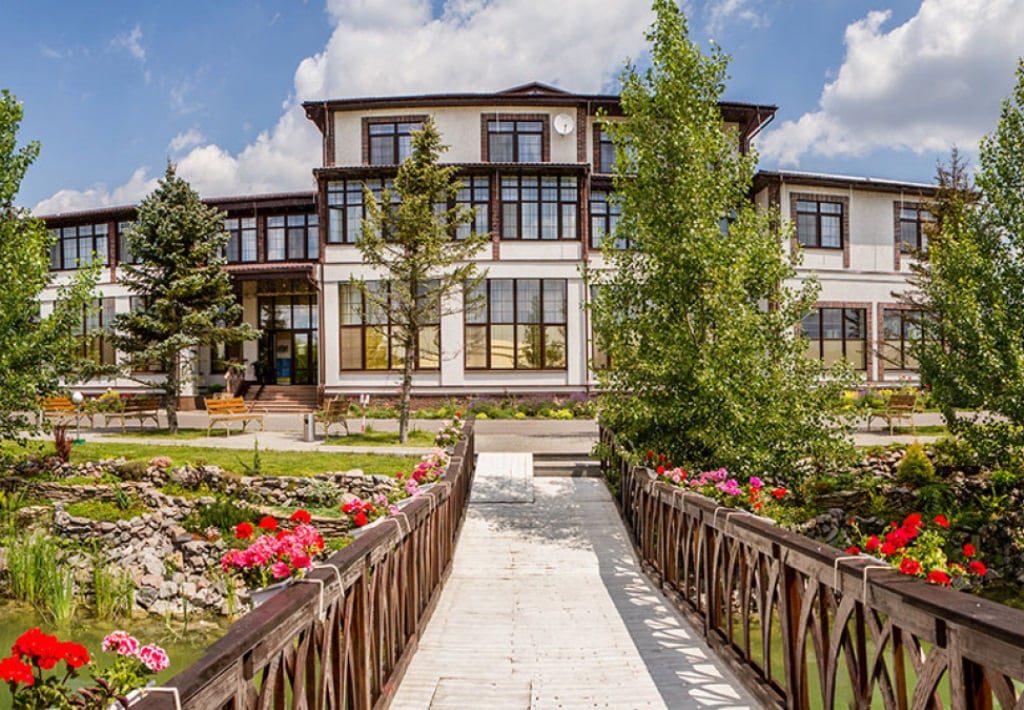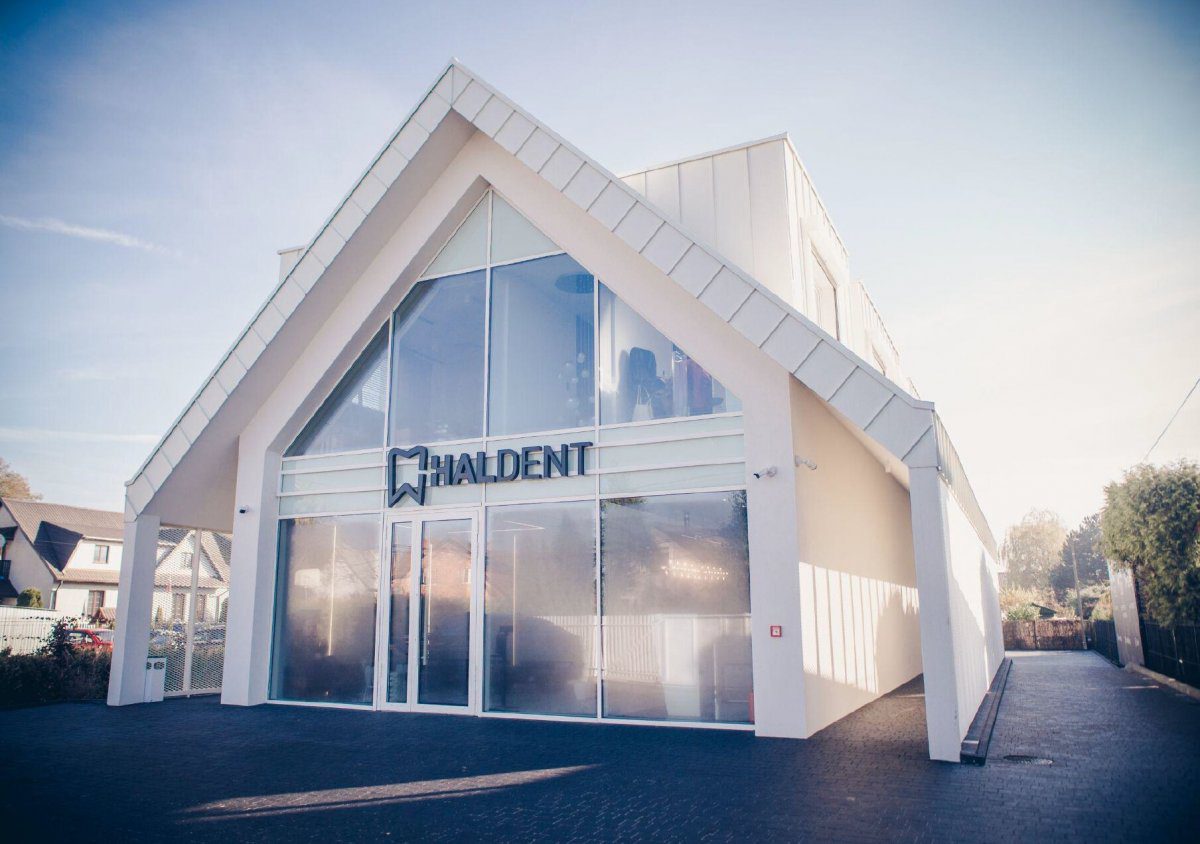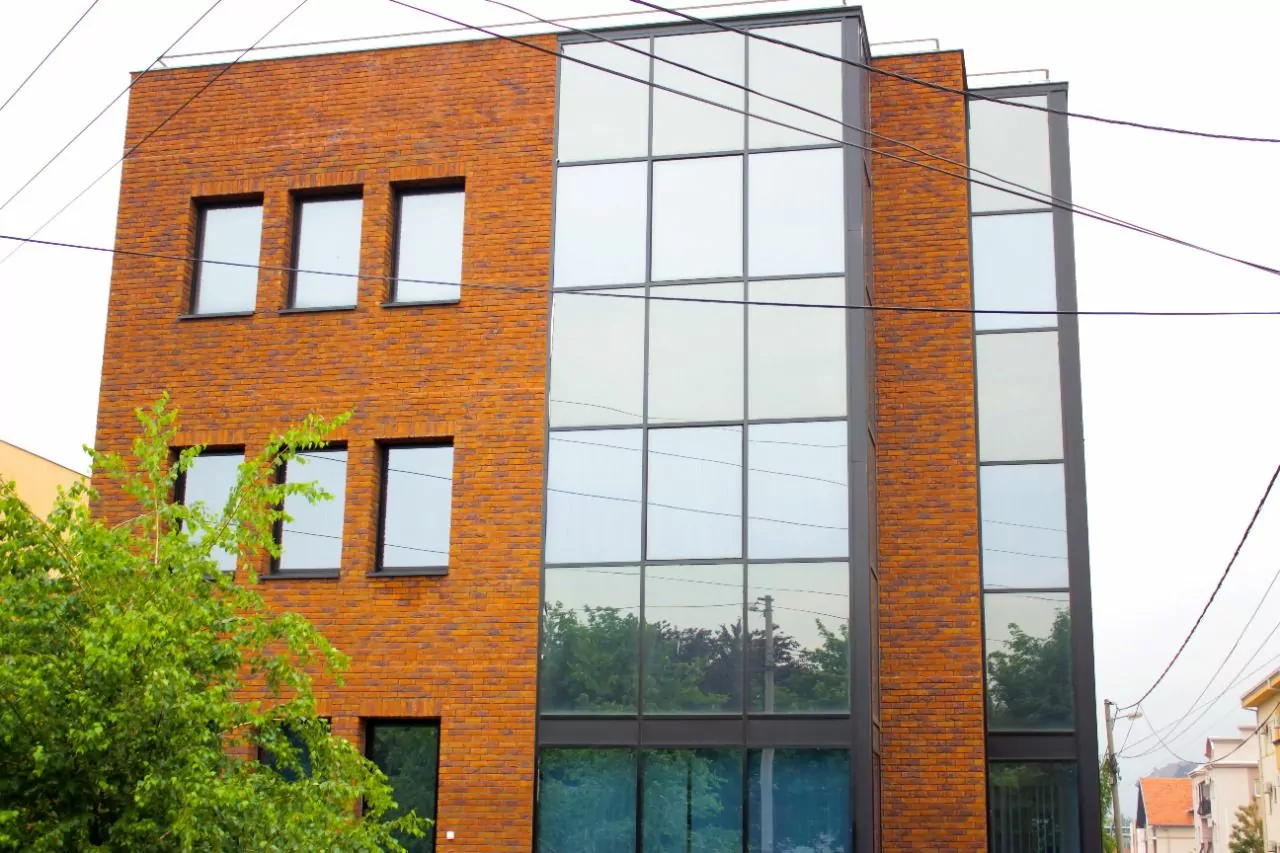Commonly known as “sunken chest” or “funnel chest,” pectus excavatum is a condition where the sternum is abnormally shaped, creating a depression in the chest. While it may not pose any significant health risks, congenital chest wall deformity can cause emotional distress and affect one’s self-esteem. Surgery is often a viable variant for patients seeking to correct this deformity. However, before operation, it is crucial to consider the pectus excavatum surgery cost and the aspects that affect it.
Overview of treatments for pectus correction
There are 2 main operations commonly used to correct condition: Nuss and Ravitch methods. Nuss means placing of a curved metal bar underneath the breastbone to push it outward into a more normal position. On the other hand, the Ravitch method refers to the removal of a section of the deformed breastbone, followed by the use of supportive materials to reshape the chest wall.
The Nuss is opted due to its less invasive nature and shorter recovery time. It offers the advantage of a smaller incision and the use of endoscopic cameras to guide the placement of the metal bar. However, potential risks and side effects, although rare, may include bar displacements, pneumothorax (collapsed lung), and infection.
The Ravitch, while more invasive, may be a must for patients with large deformities. This method involves a larger incision and the removal of a portion of the sternum. Risks related to this operation include infections, scarring, and prolonged recovery time.
Factors influencing the Nuss procedure cost
The cost of surgical intervention can vary subject to several factors. Firstly, the surgeon’s fees play a significant role in overall expenses. Highly experienced surgeons with a proven track record of successful outcomes may charge higher fees compared to less experienced practitioners. It is essential to choose a surgeon who is skilled in performing surgery to ensure optimal results.
Additionally, hospital charges contribute to the overall cost. Different hospitals may have different pricing structures, and aspects such as the location and reputation of the clinic can influence the charges. Moreover, anesthesia fees are another component of the cost, as the intervention will require anesthesia to ensure the patient’s comfort during the operation.
Pre-operative expenses, such as medical tests and imaging studies, are also factors to consider. These tests help estimate the patient’s health and aid in planning for surgery. Post-op care, including hospital stays, follow-up appointments, and any necessary medications, contribute to the overall cost as well.
Typical cost ranges
The cost of surgery can vary widely subject to the approach taken and the individual circumstances. For Nuss, the medium cost can vary from $15,000 to $30,000. Ravitch, being more difficult, may have a higher average cost ranging from $20,000 to $40,000. However, it is significant to note that these figures are approximate and can vary depending on the factors mentioned earlier, such as the surgeon’s fees and hospital charges.
In addition to the primary surgical costs, it is important to also factor in other potential expenses. These may include pre-operative tests, post-operative garments and support devices, pain management medications, and any unexpected side effects that may arise during or after the surgery. Understanding the full scope of potential costs will help patients plan and budget accordingly.
Insurance coverage and financial assistance options
Health insurance coverage varies subject to the insurance provider and the individual policy. While some insurance plans may cover a significant portion of the surgical expenses, others may provide limited coverage or consider the operation as cosmetic and therefore not covered. It is crucial for patients to consult with their insurance providers and understand their coverage options and any out-of-pocket costs they may be responsible for.
For patients facing financial challenges, there are often financing options available, such as payment plans offered by hospitals or independent financing companies. Additionally, some charitable organizations and grants may provide financial assistance to individuals in need.
Conclusion
In conclusion, pectus correction can be a life-changing treatment for individuals seeking relief from the physical and emotional effects of the deformity. However, it is essential to consider the costs involved and understand the aspects that influence them. By researching and consulting with healthcare professionals, patients can make informed decisions and explore options such as insurance coverage, financing, and financial assistance programs. Remember, seeking professional advice tailored to individual circumstances is crucial in ensuring the most accurate and up-to-date information regarding the cost of surgery.










